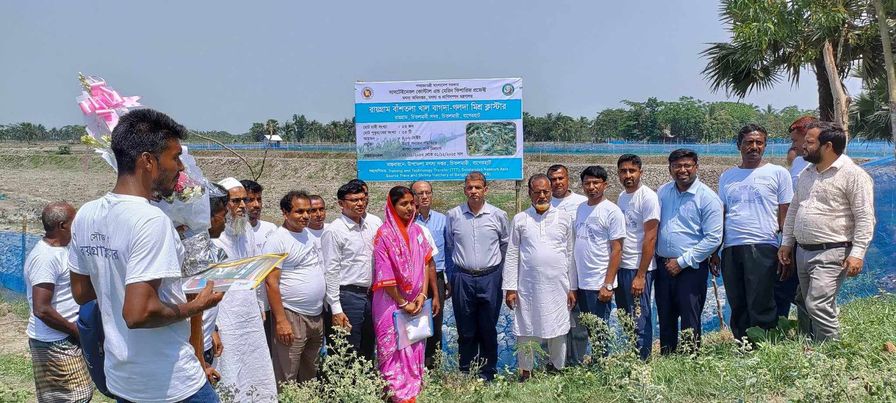মেনু নির্বাচন করুন
-
প্রথম পাতা
- আমাদের সম্পর্কে
-
আমাদের সেবা
Training & Suggestions
Inspection
-
Higher Offices
Division/ District
Ministry/ Department
- E-Service
-
photo Gallery
-----
-----
-
Contact
OfficeContact
Communication Map
-
Innovation
Opinion & Suggestion
Main Comtent Skiped
Title
What to do during stocking of fish and shrimp fry during Covid-19 period
Details
Bangladesh is also infected with the global epidemic of the epidemic virus Covid-19. As a result of the outbreak of this epidemic virus in Bangladesh, fish and shrimp farming has already lost 2 months of farming period, the effect of which will be evident in the production cycle at this time next year. Fish and shrimp farming is basically in force from March to October because fish and shrimp growth is fast during this time. For this reason, our fish and shrimp farmers plan their work throughout the year and stock their fish and shrimp fry in March / April. Due to the nationwide lockdown, most of the fish and shrimp farmers could not stock their fry at the scheduled time. This loss is irreparable. But there is still time, if we are a little more aware, we can recoup this period. This requires new motivation and strategy. The first strategy is to stock fish fry at 4/5 kg (excluding putty fish fry) and stock a maximum of 15 fry per cent. And in case of lobster / bagged shrimp, they should be stored in the enclosure for 15-21 days without stockpiling Renu / PL directly. A small note on the notice board about shrimp nursing has already been given. After proper nursing, 60-80 lobsters of the same size should be stocked per hundred and 120-150 lobsters should be stocked per bag. Then we will get back at least 15-20 days wasted time of fish farming. The second strategy is that farmers in the region do not usually use regular high quality nutritious supplements as their fish and shrimp feed. As a result, fish and shrimp growth is relatively low. In this case regular use of nutritious supplementary food should be used and urea and TSP fertilizer should be used at the rate of 100 gm per cent for making natural food in the enclosure. However, instead of chemical fertilizer in the main field of shrimp, autokura at the rate of 75-100 gm per cent, chitagur at the rate of 85-100 gm and 3-4 teaspoons of yeast per 33 cents should be mixed together (usage rules have already been discussed earlier). Good results can be obtained by measuring the pH of the water and using Autokura and Chitagur. If the pH of the water is high, Chitagur should be used at the highest level and Autokura at the lowest level per hundred.
Apart from this, any advice or soil and water test of the enclosure during cultivation is provided free of cost from the office of Senior Upazila Fisheries Officer, Chitalmari, Bagerhat. Contact address - 01769-459480 (Official)
Attachments
Publish Date
16/06/2021
Archieve Date
31/12/2022
Site was last updated:
2025-06-30 01:04:41
Planning and Implementation: Cabinet Division, A2I, BCC, DoICT and BASIS







